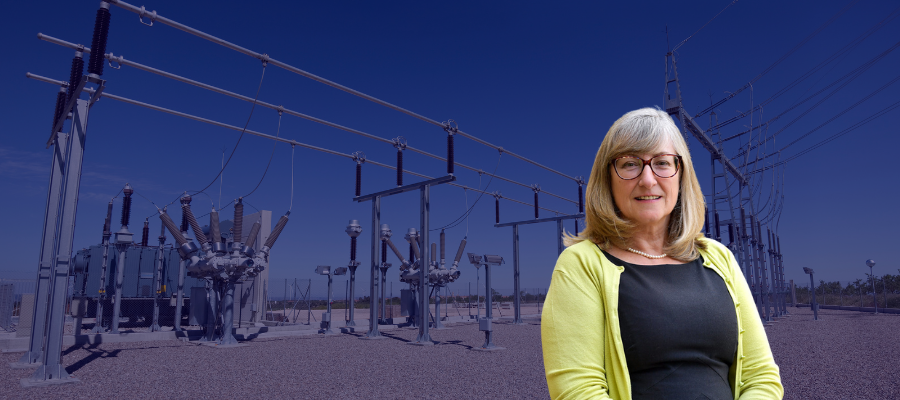🕒 Article read time: 2 minutes
Building tomorrow’s energy infrastructure

As the deadlines for ending the sale of new petrol and diesel vehicles draws ever closer, a key challenge for the logistics industry will be ensuring that sufficient power and charging infrastructure is being put in place to support fleet operators’ transition to electric vehicles.
Substantial grid reinforcement and power upgrades will be needed to support an increased reliance on electricity to power new vehicles, as the demand for more power supply and cabling for public charge points and depot charging rises inexorably. The government estimates that Great Britain’s demand for electricity will more than triple by 2050, while more than half a million kilometres of additional cabling will be required for the electricity distribution network.
MAKING SPACE FOR INFRASTRUCTURE
One major issue is the requirement for land on which to build, install and upgrade electricity network infrastructure, and specifically land rights and consents.
Earlier this month (4 August 2022), the Department for Business, Energy, and Industrial Strategy (BEIS), published a call for evidence seeking views on the current land rights and consents processes for electricity network infrastructure. It did so in the context of the transition to an energy system that can deliver net zero and meet Great Britain’s energy security objectives.
ENSURING NETWORK IS FIT FOR PURPOSE
“If we are to deliver net zero by 2050 and continue to safeguard Great Britain’s energy security, timelines for electricity network build need to be accelerated,” the report’s introduction reads.
The call for evidence is seeking information to help the government establish whether current land rights and consenting processes for electricity network infrastructure processes are fit to accommodate the rapid, transformative change to the electricity network.
ELECTRICITY DEMAND EXPECTED TO SURGE
It is expected that Great Britain’s demand for electricity will almost double in the medium term from 58 GW in 2020 to up to 110 GW by 2035, and will more than triple from 58 GW to up to 190 GW by 2050.
This means that over the next decade and beyond, an unprecedented build of new electricity network infrastructure and reinforcement will be necessary, particularly of the existing distribution network where more than half a million kilometres of additional distribution network cabling could be required by 2050.
LEGACY SYSTEM COVERS SPECTRUM OF OPTIONS
The current system of land rights and consents covers a spectrum of voluntary and compulsory options. These include voluntary wayleaves – temporary, terminable agreements tied to the landowner, easements – permanent access rights registered against the property, necessary wayleaves – typically covering a 15-year period, voluntary purchasing and leasing of land, compulsory purchase of land, permitted development rights for substations; and section 37 consents for overhead lines.
Negotiating voluntary agreements is often unpredictable, depending as they do on variables including land value, the type of equipment housed on the land and the relationship between the network operator and the landowner. Customers seeking connections for specific projects often experience significant costs and delays to their projects as a result.
BUSINESS GROUP WELCOMES CALL FOR EVIDENCE
Logistics UK has welcomed the call for evidence, acknowledging the important role it can play in paving the way for new energy infrastructure that will support the logistics sector’s transition to net zero.
“This is an important information-seeking exercise which will help inform an issue which is steadily becoming much more pressing,” said Denise Beedell, Public Policy Manager, Logistics UK. “To ensure that Britain’s energy sector can deliver net zero in the coming decades, it is imperative that barriers resulting from the nation’s legacy system of land rights and consents do not impede the much-needed expansion of the nation’s electricity network infrastructure.”
Interested stakeholders are invited to submit evidence about whether the current processes are fit for purpose. The consultation closes on 15 September 2022.
*www.logistics.org.uk/environment
Published On: 18/08/2022 16:00:36

Comments Section
If you are a Logistics UK member login to add comments.